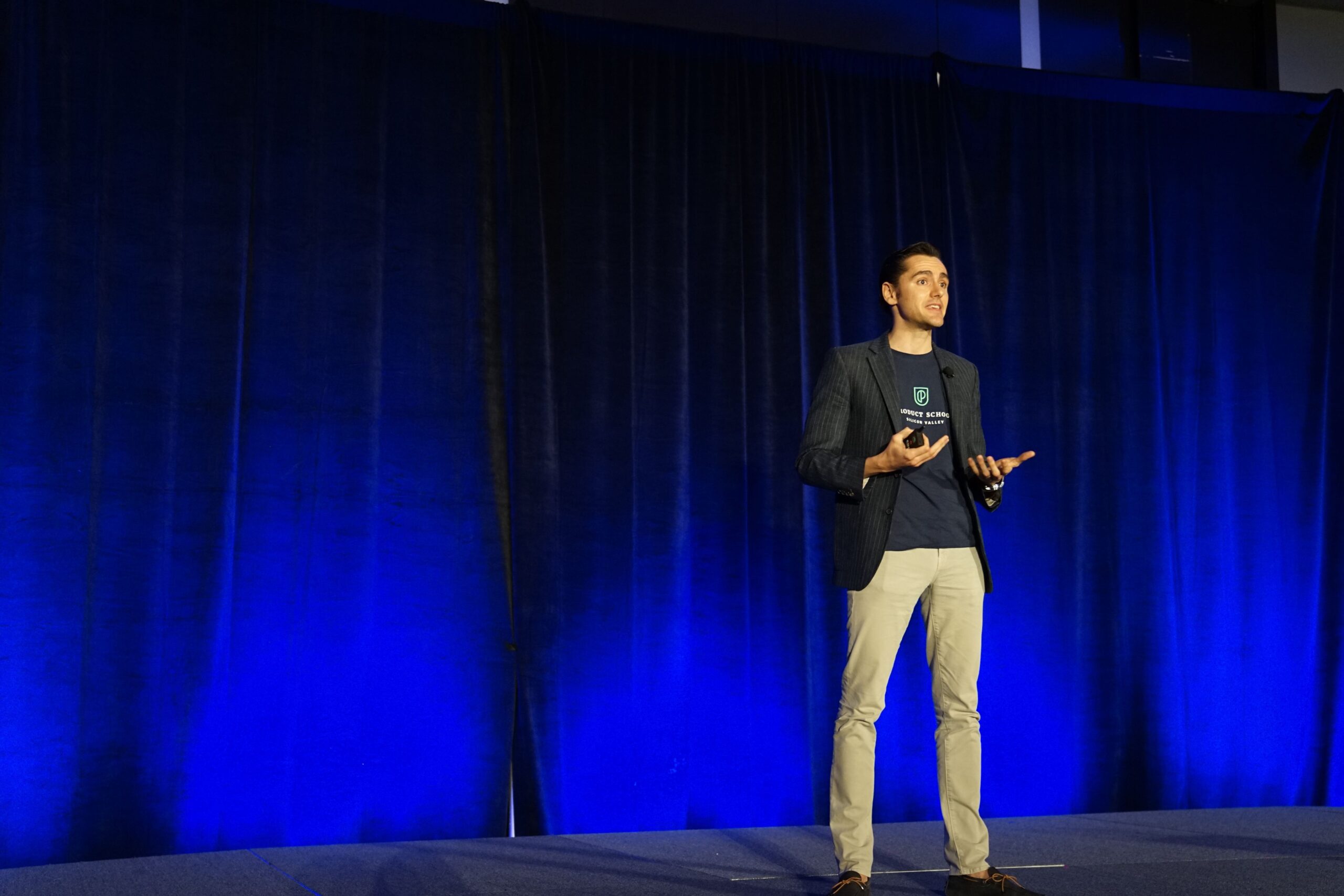Event Stage Standard of Care

Case Summary: Plaintiff was attending a meeting in a hotel ballroom. She was invited onto the stage for a group photo and was standing at the back of the group. As is common setup for business meetings in hotels, the stage lacked a safety railing, safety markings, and the back of the stage was concealed by a black curtain. Taking a short step back, plaintiff fell from the stage into a space with electrical equipment and cables, sustaining an injury to her leg. Even though the platform was only 30” high, the injury was severe and resulted in a lawsuit.
Expert Analysis: Meeting room stages and backing drapery are usually dark in color, with illumination that is generally dim. Stage equipment, such as electrical panels, sound systems, and lighting dimmers, are typically located behind the platform and hidden by a curtain. Hotels tend to have a set of curtains that are tall enough for their largest event spaces, which are then used for a variety of purposes in different rooms including smaller meeting rooms. When curtains are needed for a meeting room, staff may try to adapt a set of curtains that are too tall for the space. Instead of heaping the extra length on the edge of the stage, curtains are usually arranged to hang just behind the back edge of the platform with any excess material piled on the floor. Concealing the excess material creates a neater appearance; however, placing dark curtains directly behind a dark stage inadvertently creates a hazard. The edge of the stage becomes all but invisible – an invitation for a disaster.
While the Occupational Safety and Health Alliance (OSHA) does provide regulations concerning platform elevations and safety railings, these regulations are specific to stages of 4 feet or higher. OSHA does not currently provide regulations for certain safety measures applicable to theatrical environments, such as edge marking or illumination.
Over the course of many years, the theatrical industry has established their own best practices. Some of these best practices have been formalized by the Entertainment Services and Technology Association (ESTA) as nationally recognized standards which can be presented in court. The ESTA Technical Standards Program is the only standards program dedicated to the needs of the entertainment technology industry that is accredited by the American National Standards Institute (ANSI.) ANSI is a private, non-profit organization that administers and coordinates the U.S. voluntary standards and conformity assessment system.
The ESTA standard relevant to this case is ANSI E1.46, “Standard for the Prevention of Falls From Theatrical Stages and Raised Platforms.” More specifically, the expert report noted that ANSI standard 5.1.3.2 Stage Edge Marking states, “where a fall hazard exists the edge should be clearly marked to be apparent even under poor lighting conditions. Persons exposed to the fall hazard should be fully informed of the hazard and be given an opportunity to become familiar with the hazard and how it is marked.”
Conclusion: The case settled after the expert report established responsibility for the plaintiff’s injury with reference to the applicable ESTA and ANSI standards.
There are simple and inexpensive solutions for improved safety measures. First, event staff should point out all access stairs, stage edges, and potential hazards to anyone who will be on the platform, under the same lighting conditions that will be used during the event. Secondly, the edge of the stage should be marked and/or illuminated with a strip of LED lights or a length of 2” wide white tape. These materials could cost less than $30 – a very inexpensive way to avoid a very expensive lawsuit.

